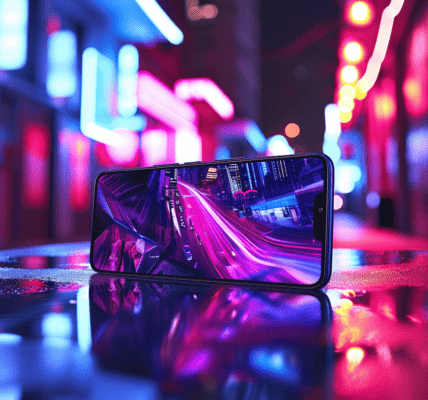Blue Light from Screens: How It Impacts Your Skin
Screens have become an inseparable part of our lives in this digital era. With most individuals spending over 12 hours daily on digital devices, the impact of blue light on our skin is a growing concern.
Blue light, part of the electromagnetic spectrum with wavelengths between 400 to 490 nanometers, is visible to the human eye. While the sun is a primary source of blue light, digital screens like TVs, laptops, and mobile phones also emit this high energy visible (HEV) light, along with LED and fluorescent lighting.
Aside from its well-known effects on eyes and sleep cycles, blue light can penetrate the skin, leading to various issues such as premature aging and hyperpigmentation. The oxidative stress caused by blue light can damage collagen, elastin fibers, and skin cells, resulting in a loss of skin elasticity and firmness, ultimately contributing to premature aging.
Unlike UV rays from the sun that are associated with skin cancer, blue light is not linked to such risks. However, prolonged exposure to blue light can stimulate melanocytes, the cells responsible for melanin production, potentially leading to skin discoloration.





